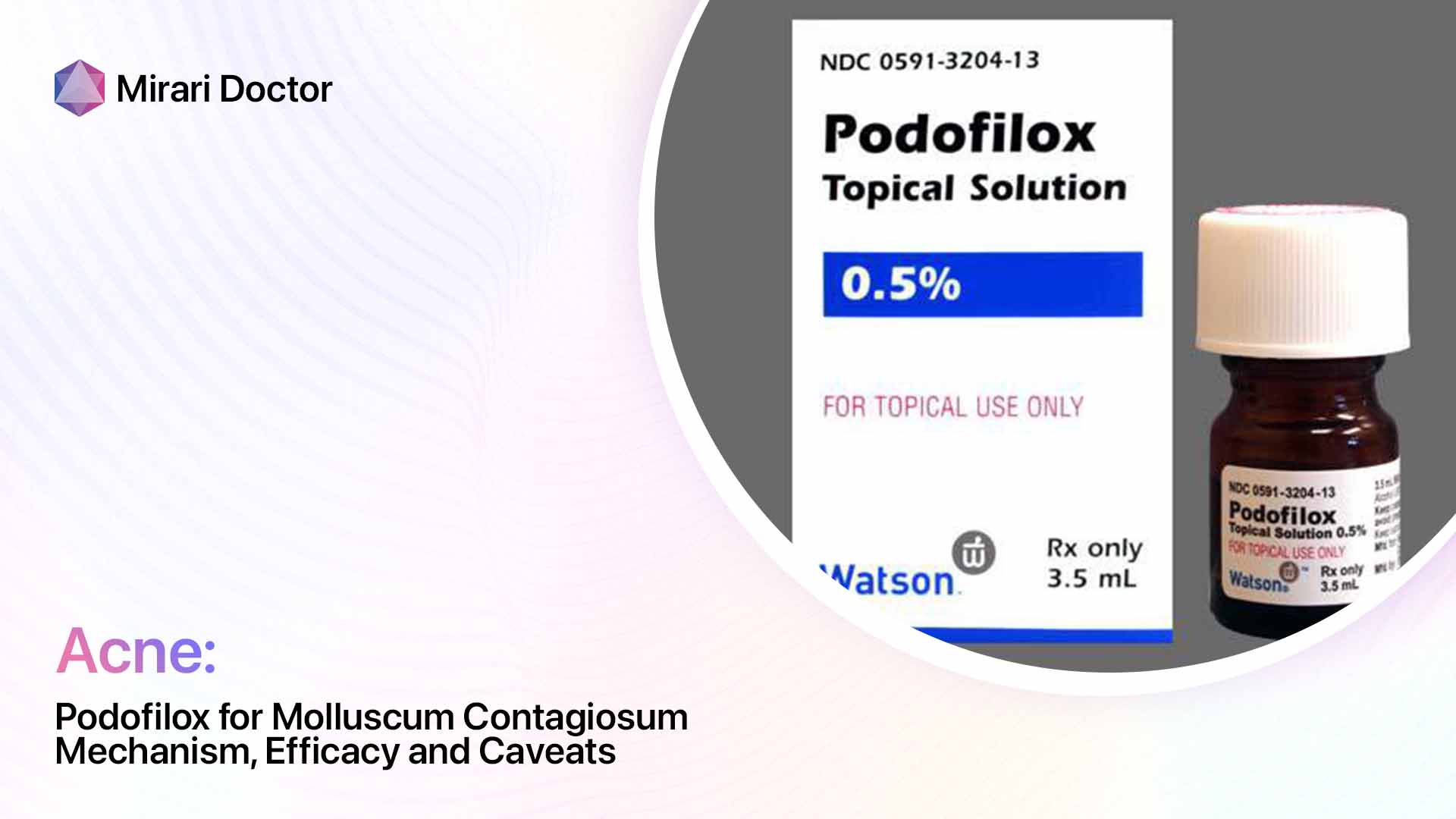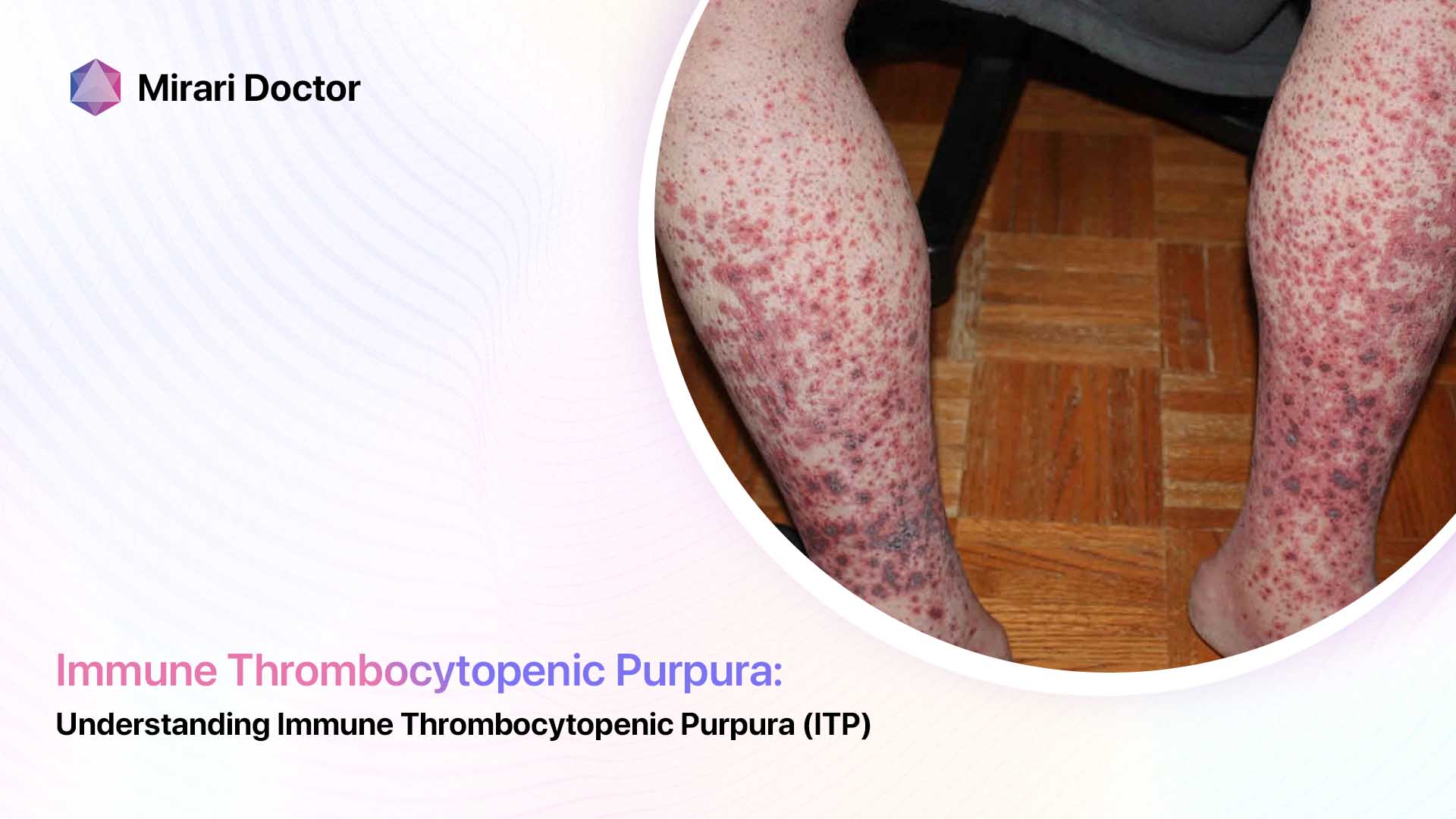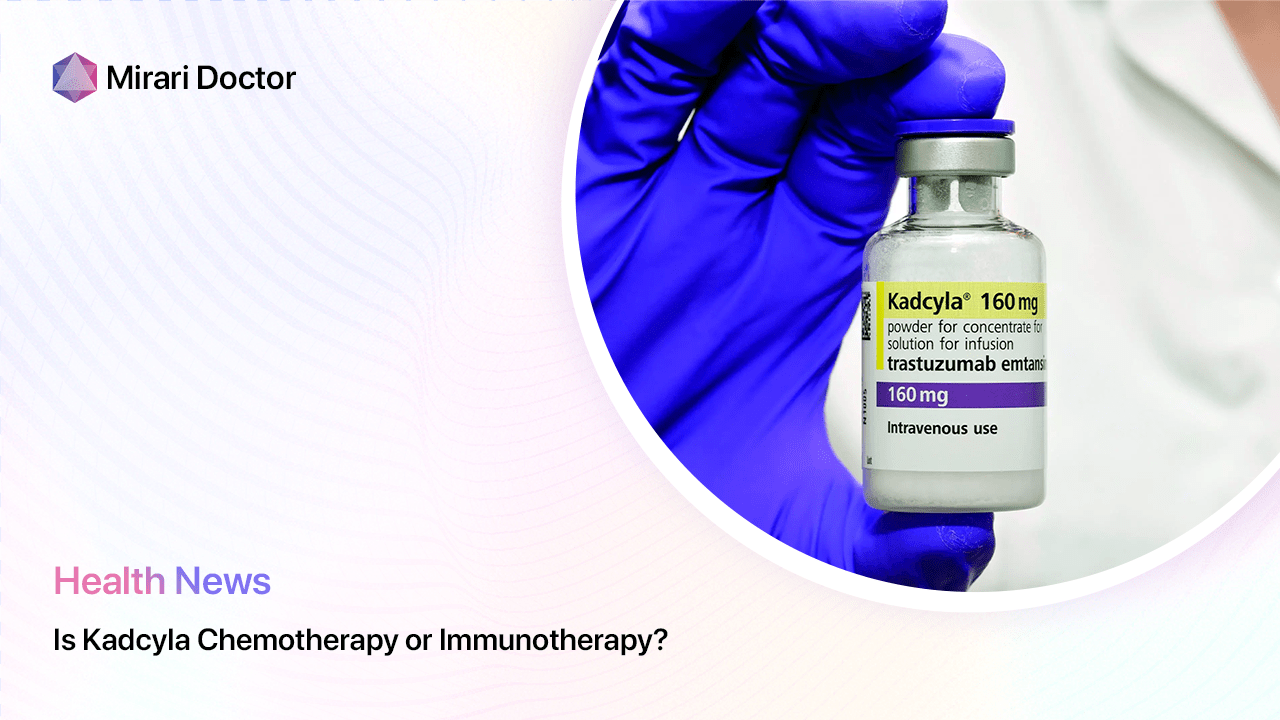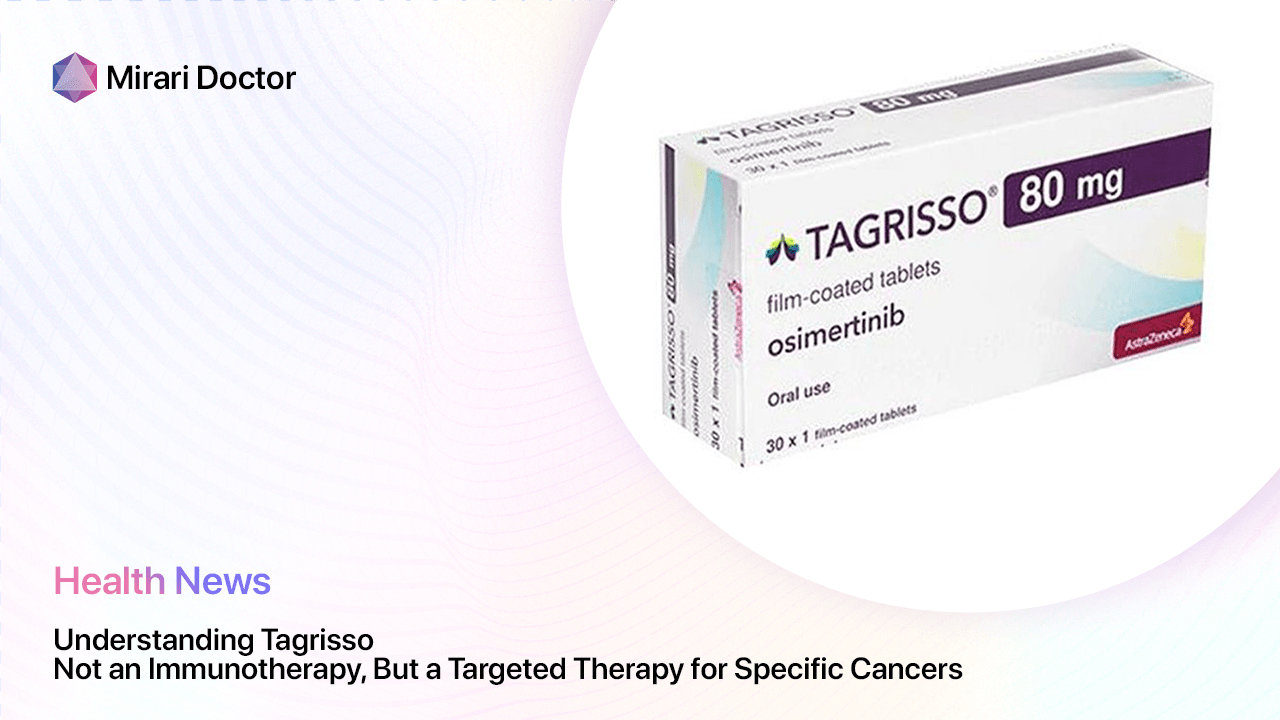
Every four minutes, someone in the United States is diagnosed with a blood cancer[1]. One of the most common blood cancers is multiple myeloma, which starts in the bone marrow and affects a type of white blood cell called plasma cells. While there is no cure for multiple myeloma, treatments have advanced significantly in recent years, helping patients live longer and better quality lives.
One of the most exciting developments has been Darzalex (daratumumab), the first monoclonal antibody approved by the FDA for treating multiple myeloma. But what exactly is Darzalex, how does it work, and is it considered chemotherapy or immunotherapy? Let’s take an in-depth look at this groundbreaking medication and its role in the fight against multiple myeloma.
What is Daratumumab?
Daratumumab, sold under the brand name Darzalex, is a laboratory-made monoclonal antibody designed to target a specific protein called CD38 found on the surface of multiple myeloma cells[6]. Monoclonal antibodies are a type of targeted therapy that uses synthetic versions of immune system proteins to attack cancer cells.
Darzalex was first approved by the U.S. Food and Drug Administration (FDA) in 2015 for patients with multiple myeloma who had already received at least three prior treatments[6]. Since then, it has been approved for use in combination with other standard myeloma drugs and as a first-line treatment option.

How Does Daratumumab Work?
To understand how daratumumab works, it helps to first know a bit about the immune system. Our bodies have specialized white blood cells called T cells and natural killer (NK) cells that patrol for invaders like viruses, bacteria, and cancer cells. When these immune cells spot a threat, they release chemicals to recruit other immune cells and launch an attack.
However, cancer cells are tricky and can often hide from the immune system. They may have genetic changes that make them less visible or release substances that suppress immune function, allowing the cancer to grow unchecked. This is where daratumumab comes in.
When daratumumab binds to the CD38 protein on the surface of myeloma cells, it acts like a red flag, signaling to the immune system that these cells are dangerous and need to be eliminated[6]. Daratumumab also:
- Directly kills myeloma cells
- Recruits immune cells called macrophages to engulf and destroy myeloma cells
- Enhances the ability of T cells and NK cells to attack the cancer
- Punches holes in the targeted myeloma cells
- Decreases immune suppression
Essentially, daratumumab unmasks the cancer cells while simultaneously boosting the immune system’s ability to fight back.
Is Daratumumab Chemotherapy or Immunotherapy?
Understanding the Difference Between Chemotherapy and Immunotherapy
Chemotherapy and immunotherapy are two commonly used cancer treatments, but they work in very different ways[2]:
- Chemotherapy uses drugs that directly attack rapidly dividing cells in the body, including cancer cells. However, chemo can also damage healthy cells that divide quickly, like those in the hair follicles and digestive tract, leading to side effects.
- Immunotherapy helps the body’s own immune system recognize and destroy cancer cells. It can work by boosting immune function, “unmasking” cancer cells, or enhancing the immune cells’ ability to attack the cancer.
So where does daratumumab fit in? Darzalex is considered an immunotherapy, not a chemotherapy[9]. Specifically, it is a monoclonal antibody, which is a targeted treatment designed to flag cancer cells for attack by the immune system.
While daratumumab is often used in combination with chemotherapy drugs like bortezomib, lenalidomide, and dexamethasone, it works differently than traditional chemo. Rather than directly poisoning rapidly dividing cells, daratumumab enlists the help of the patient’s own immune defenses to seek out and destroy myeloma cells[1].
What Types of Cancer is Daratumumab Used For?
Currently, daratumumab is FDA-approved for treating multiple myeloma in the following situations[6]:
- In combination with bortezomib (Velcade), thalidomide (Thalomid), and dexamethasone in newly diagnosed patients who are eligible for autologous stem cell transplant
- In combination with lenalidomide (Revlimid) and dexamethasone in newly diagnosed patients who are ineligible for autologous stem cell transplant
- In combination with bortezomib, melphalan, and prednisone in newly diagnosed patients who are ineligible for autologous stem cell transplant
- In combination with carfilzomib (Kyprolis) and dexamethasone in patients who have received one to three prior lines of therapy
- In combination with lenalidomide and dexamethasone in patients who have received at least one prior therapy
- In combination with bortezomib and dexamethasone in patients who have received at least one prior therapy
- As monotherapy in patients who have received at least three prior lines of therapy including a proteasome inhibitor (PI) and an immunomodulatory agent or who are double-refractory to a PI and an immunomodulatory agent
While multiple myeloma is the only FDA-approved indication for daratumumab at this time, it is also being studied for use in other blood cancers like lymphoma and leukemia. Researchers are hopeful that this versatile immunotherapy may eventually play a role in treating a wide range of cancerous conditions.
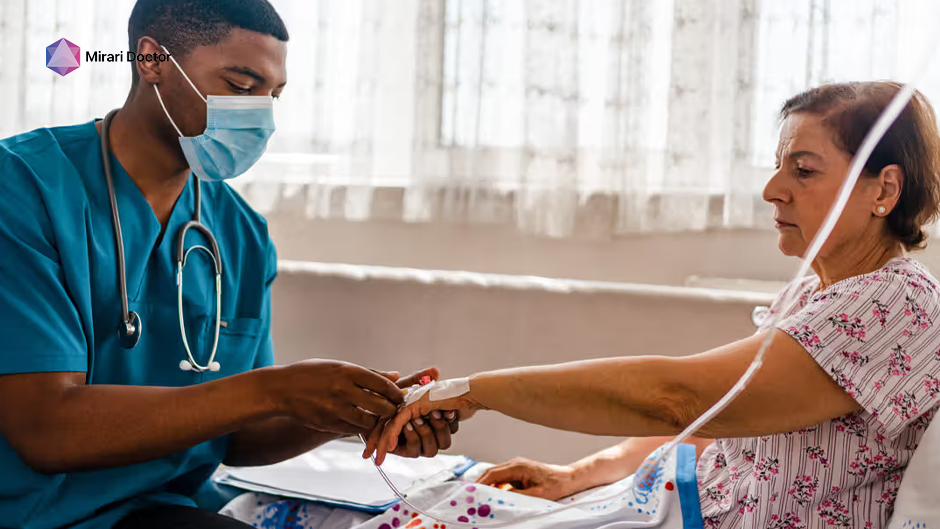
What are the Benefits of Daratumumab Treatment?
In clinical trials, adding daratumumab to standard multiple myeloma treatments led to significantly better outcomes, including[3][4][5]:
- Higher overall response rates
- Deeper responses (e.g. complete response or very good partial response)
- Longer progression-free survival (time before the cancer starts growing again)
- Better overall survival
- Improved quality of life
For example, in the CASTOR trial, patients with relapsed or refractory multiple myeloma who received daratumumab plus bortezomib and dexamethasone had a median progression-free survival of 16.7 months compared to just 7.1 months for patients who received bortezomib and dexamethasone alone[3].
The POLLUX trial showed similarly impressive results, with patients receiving daratumumab plus lenalidomide and dexamethasone achieving a median progression-free survival of 44.5 months versus 17.5 months for the control group[3].
Importantly, the addition of daratumumab did not significantly increase overall toxicity or adverse events compared to the standard treatment regimens. This suggests that patients are able to benefit from the power of immunotherapy without a major impact on their quality of life during treatment.
What are the Side Effects of Daratumumab Treatment?
Common Side Effects
As with any medication, daratumumab can cause side effects. The most common adverse reactions (occurring in 20% or more of patients) include[6]:
- Infusion reactions (e.g. cough, shortness of breath, nausea, vomiting)
- Fatigue
- Nausea
- Back pain
- Fever
- Cough
- Upper respiratory tract infection
Most of these side effects are mild to moderate and can be managed with supportive care. Infusion reactions are more common with the first dose of daratumumab and become less frequent with subsequent infusions[6].
Serious Side Effects
Rarely, daratumumab can cause more serious complications such as:
- Severe infusion reactions (anaphylaxis)
- Neutropenia (low white blood cell counts), which increases the risk of infection
- Thrombocytopenia (low platelet counts), which increases the risk of bleeding
- Hepatitis B reactivation
- Interference with blood compatibility testing
Patients should inform their doctor right away if they experience any new or worsening symptoms while receiving daratumumab. Close monitoring and prompt treatment can help prevent minor side effects from becoming severe or life-threatening.
How is Daratumumab Administered?
Daratumumab can be given in two ways[8]:
- As an intravenous (IV) infusion through a vein over the course of several hours (Darzalex)
- As a subcutaneous (SC) injection under the skin over 3-5 minutes (Darzalex Faspro)
The dosage and frequency depend on whether daratumumab is being used alone or in combination with other drugs. A typical schedule might look like:
- Weekly for the first 8 weeks
- Every 2 weeks for the next 16 weeks
- Every 4 weeks thereafter until disease progression
Patients receive medications before each dose to help prevent infusion reactions and other side effects. These may include:
- Corticosteroids (e.g. methylprednisolone, dexamethasone)
- Acetaminophen (Tylenol)
- Antihistamines (e.g. diphenhydramine/Benadryl)
- Bronchodilators and inhaled corticosteroids for patients with a history of breathing problems
Treatment is continued for as long as it remains effective and side effects are manageable. In some cases, patients may be able to stop daratumumab if they achieve a deep and durable response.
What are the Precautions to Take Before Starting Daratumumab Treatment?
Before starting treatment with daratumumab, patients should discuss their full medical history with their doctor. Some important things to mention include:
- Prior or current infections, including hepatitis B, shingles, or pneumonia
- History of breathing problems like asthma or COPD
- Allergies to any medications
- Pregnancy or plans to become pregnant (daratumumab may harm a developing fetus)
- Breastfeeding (it is not known if daratumumab passes into breast milk)
Patients will also need to have blood tests to check for hepatitis B and determine their blood type and screen. Daratumumab can interfere with the results of blood compatibility tests, so it’s important to inform any healthcare providers of treatment with this medication[6].
Finally, patients should make sure all their vaccinations are up to date before starting daratumumab. Live vaccines should be avoided during treatment.
How Effective is Daratumumab in Treating Cancer?
Daratumumab has shown remarkable efficacy in treating multiple myeloma, both as a single agent and in combination with other therapies. Some key highlights from clinical trials include:
- SIRIUS study[3]: 29% overall response rate in heavily pretreated patients who received daratumumab alone
- CASTOR study[3]: Adding daratumumab to bortezomib and dexamethasone reduced the risk of disease progression or death by 61% compared to bortezomib and dexamethasone alone
- POLLUX study[3]: Adding daratumumab to lenalidomide and dexamethasone reduced the risk of disease progression or death by 63% compared to lenalidomide and dexamethasone alone
- ALCYONE study[7]: Adding daratumumab to bortezomib, melphalan, and prednisone reduced the risk of disease progression or death by 50% in newly diagnosed, transplant-ineligible patients
- MAIA study[7]: Adding daratumumab to lenalidomide and dexamethasone reduced the risk of disease progression or death by 44% in newly diagnosed, transplant-ineligible patients
Importantly, the benefits of daratumumab were seen across different subgroups of patients, including those with high-risk cytogenetic abnormalities and those who were refractory to prior therapies.
While multiple myeloma remains incurable, the advent of daratumumab and other novel agents has significantly improved outcomes for patients. The median overall survival for people diagnosed with multiple myeloma has increased from just 3 years in 2000 to over 5 years today, and that number continues to rise as more effective treatments become available[1].
What is the Cost of Daratumumab Treatment?
As with many cancer therapies, the cost of daratumumab treatment can be substantial. The exact price depends on a number of factors, including:
- Whether it is being used alone or in combination with other drugs
- The dosage and frequency of administration
- The duration of treatment
- The patient’s insurance coverage
According to a 2020 study, the average cost of daratumumab alone was $202,202 per year in 2016, while the average cost of chemotherapy was $147,801[8]. However, these figures don’t take into account the potential savings from reduced hospitalizations, transfusions, and other complications that may be avoided with effective treatment.
Patients should work closely with their healthcare team and insurance provider to understand their coverage and explore options for financial assistance. Many drug manufacturers offer patient assistance programs to help offset the costs of treatment.
Are There Any Alternative Treatments to Daratumumab?
While daratumumab is a groundbreaking therapy, it is not the only option for treating multiple myeloma. Other common treatments include:
- Proteasome inhibitors (e.g. bortezomib/Velcade, carfilzomib/Kyprolis, ixazomib/Ninlaro)
- Immunomodulatory drugs (e.g. lenalidomide/Revlimid, pomalidomide/Pomalyst, thalidomide/Thalomid)
- Chemotherapy (e.g. cyclophosphamide, doxorubicin, melphalan)
- Corticosteroids (e.g. dexamethasone, prednisone)
- Stem cell transplant
- Radiation therapy
- Other monoclonal antibodies (e.g. elotuzumab/Empliciti, isatuximab/Sarclisa)
The choice of treatment depends on a variety of patient- and disease-related factors, including:
- Age and overall health
- Stage and aggressiveness of the cancer
- Cytogenetic risk factors
- Prior therapies
- Eligibility for stem cell transplant
- Side effect profile
- Patient preferences and goals of care
In many cases, a combination of therapies is recommended to achieve the best possible response while minimizing toxicity. Patients should work closely with their oncologist to develop a personalized treatment plan that meets their individual needs.
What are the Future Possibilities for Daratumumab Treatment?
The success of daratumumab in treating multiple myeloma has opened up a world of possibilities for this versatile immunotherapy agent. Researchers are actively exploring its potential in a number of exciting areas, such as:
- Earlier stages of multiple myeloma: Studies are investigating whether adding daratumumab to standard therapies can improve outcomes for patients with newly diagnosed or smoldering multiple myeloma[10].
- Other blood cancers: Preclinical studies suggest that daratumumab may also be effective against other hematologic malignancies that express CD38, such as lymphoma and leukemia[11]. Clinical trials are underway to evaluate its safety and efficacy in these settings.
- Solid tumors: While CD38 is most commonly associated with blood cancers, it is also expressed on some solid tumors like prostate, breast, and lung cancer. Researchers are exploring whether daratumumab could play a role in treating these diseases as well[12].
- Combination with other novel agents: As our understanding of the biology of multiple myeloma evolves, so too does our ability to develop targeted therapies. Daratumumab is being studied in combination with a host of other cutting-edge treatments, such as CAR T-cell therapy, bispecific antibodies, and small molecule inhibitors[13].
- Subcutaneous formulation: The FDA approval of Darzalex Faspro in 2020 marked an important milestone in patient convenience and quality of life. The subcutaneous formulation allows for much shorter administration times and may reduce the risk of infusion-related reactions[8]. Ongoing studies are comparing the efficacy and safety of IV versus SC daratumumab.
As our knowledge grows and technology advances, the future looks bright for daratumumab and other monoclonal antibodies in the fight against cancer. By harnessing the power of the immune system, these targeted therapies are helping patients live longer, better lives than ever before.
FAQs
What type of treatment is daratumumab?
Daratumumab is a type of immunotherapy called a monoclonal antibody. It works by targeting a specific protein on the surface of multiple myeloma cells and flagging them for destruction by the immune system.
What is the classification of daratumumab?
Daratumumab is classified as a monoclonal antibody, which is a type of targeted therapy. It is not considered a chemotherapy drug, although it is often used in combination with chemotherapy agents.
What is the life expectancy of someone on daratumumab?
The life expectancy of someone receiving daratumumab depends on a number of factors, including the stage of their cancer, their overall health, and their response to treatment. In clinical trials, adding daratumumab to standard therapies significantly improved survival compared to the standard treatments alone[3].
Does daratumumab suppress the immune system?
No, daratumumab actually works by enhancing the immune system’s ability to recognize and attack multiple myeloma cells. However, it can cause a temporary drop in certain types of white blood cells, which may increase the risk of infection.
Is daratumumab an immunotherapy drug?
Yes, daratumumab is considered an immunotherapy drug because it harnesses the power of the patient’s own immune system to fight cancer.
How long can I take daratumumab?
Patients can continue receiving daratumumab for as long as it remains effective and side effects are manageable. In some cases, treatment may be stopped if the patient achieves a deep and durable response. The optimal duration of therapy is still being studied in clinical trials.
Takeaways
- Daratumumab (Darzalex) is a monoclonal antibody used to treat multiple myeloma, a type of blood cancer.
- It works by targeting the CD38 protein on the surface of myeloma cells and recruiting the immune system to attack the cancer.
- Daratumumab is considered an immunotherapy, not a chemotherapy, although it is often used in combination with chemotherapy drugs.
- In clinical trials, adding daratumumab to standard treatments significantly improved response rates, progression-free survival, and overall survival compared to the standard treatments alone.
- Common side effects of daratumumab include infusion reactions, fatigue, nausea, and respiratory tract infections. Rare but serious complications can occur.
- Daratumumab is administered as an IV infusion or subcutaneous injection on a weekly, biweekly, or monthly schedule. Treatment is continued until disease progression or unacceptable toxicity.
- The cost of daratumumab can be substantial, but financial assistance programs are available. Patients should work closely with their healthcare team to understand their options.
- While multiple myeloma remains incurable, the advent of daratumumab and other novel therapies has significantly improved outcomes and quality of life for patients.
- Ongoing research is exploring the potential of daratumumab in earlier stages of myeloma, other blood cancers, solid tumors, and in combination with other cutting-edge treatments.
As our understanding of cancer biology continues to grow, immunotherapies like daratumumab are poised to play an increasingly important role in the fight against this devastating disease. By empowering patients with knowledge and working together as a medical community, we can continue to push the boundaries of what’s possible and bring hope to those facing a cancer diagnosis.
References
- https://www.lls.org/facts-and-statistics/facts-and-statistics-overview
- https://www.cancer.org/treatment/treatments-and-side-effects/treatment-types.html
- https://www.nejm.org/doi/full/10.1056/nejmoa1607751
- https://www.nejm.org/doi/full/10.1056/nejmoa1817249
- https://www.thelancet.com/journals/lanonc/article/PIIS1470-2045(19)30788-0/fulltext
- https://www.darzalex.com/
- https://ashpublications.org/blood/article/134/Supplement_1/859/428538/Depth-of-Response-to-Daratumumab-D-Lenalidomide-R
- https://www.ncbi.nlm.nih.gov/pmc/articles/PMC7267623/
- https://www.cancer.gov/publications/dictionaries/cancer-terms/def/daratumumab
- https://clinicaltrials.gov/ct2/show/NCT03993912
- https://www.ncbi.nlm.nih.gov/pmc/articles/PMC6143166/
- https://www.frontiersin.org/articles/10.3389/fimmu.2019.01121/full
- https://www.sciencedirect.com/science/article/abs/pii/S0145212620300552
Related articles
Made in USA


